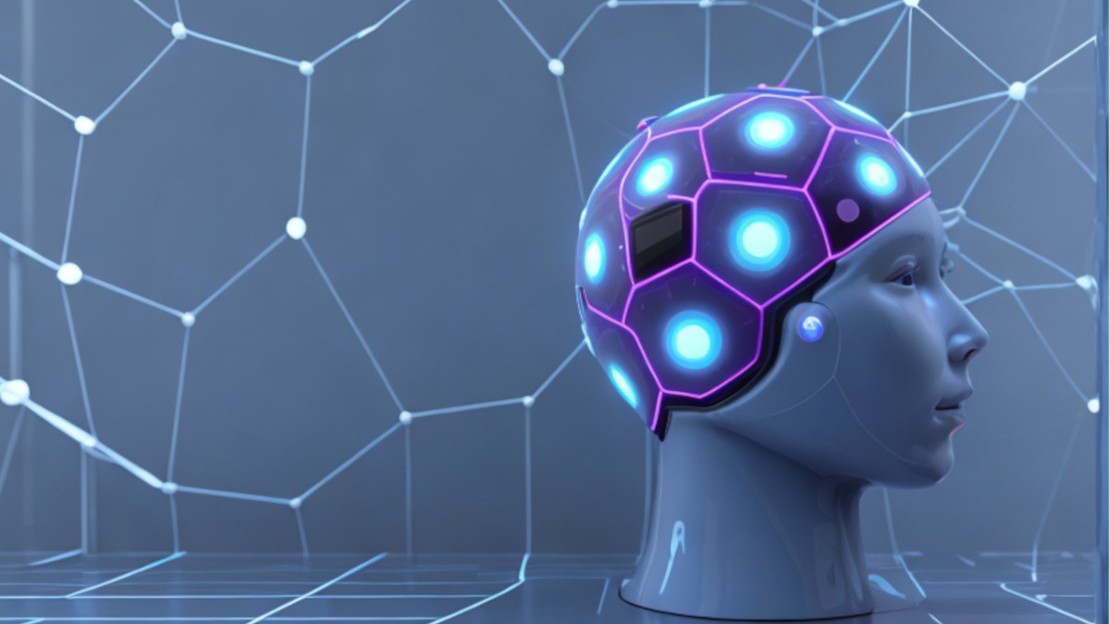
National AI Model Registry
In a world marked by the relentless march of technological progress, the arrival of generative AI models like ChatGPT has been nothing short of revolutionary. These models, with their remarkable capabilities, have not only captured our imaginations but have also raised a chorus of concerns and debates about their implications for society. As the digital curtain lifts on these AI marvels, the world watches closely, pondering the best way to steer this new era of innovation.
In the context of AI Models website, our goal would be to provide detailed information about the national AI model registry, its implications, and how it could impact the AI community. We would also aim to provide a comprehensive overview of the current state of AI regulation and oversight, and how the national AI model registry fits into this landscape.
Generative AI models, like ChatGPT, have appeared on the scene with remarkable speed, leaving many both fascinated and perplexed. The White House convened an urgent meeting with tech company CEOs, while Congress debated potential regulatory options, and G7 countries grappled with the need for a coordinated response. The stage was set for a pivotal moment in the history of technology.
The Spectrum of Concerns
As with any groundbreaking technology, a spectrum of opinions has emerged. Some raise alarms about the immense power of these models, warning of catastrophic or even existential risks. Others dismiss these concerns as mere Silicon Valley hype, arguing that issues like inequality and conflict deserve more attention. Amidst these extremes, a more nuanced perspective emerges, one that acknowledges the potential benefits while voicing concerns about how generative AI could empower oppressive regimes or disrupt societal stability.
It’s a situation that raises critical questions about accountability and oversight in this new technological landscape.
The heart of the matter lies in transparency—or the lack thereof. As of now, the public and government leaders are operating in the dark when it comes to the development and deployment of generative AI models. Only the companies creating these models possess detailed insights into their capabilities and safety measures. It’s a situation that raises critical questions about accountability and oversight in this new technological landscape.
A Proposal for Oversight
Enter the proposal for a national registry for large AI models —a concept put forward by experts at the Carnegie Endowment for International Peace. This registry would serve as a crucial first step toward transparency. It would require developers to disclose key information about their models, such as size, training methods, training data, and capabilities to a secure government registry. This move aims to provide governments with a clearer understanding of who is developing these models and whether they comply with existing laws and regulations.
Senators Blumenthal and Hawley’s framework for AI legislation
One of the key benefits of such a registry lies in distinguishing responsible actors from those with questionable motivations. It ensures that compliance with regulations is the norm while deterring potential bad actors. This distinction is essential in a rapidly evolving technological landscape where innovation and responsibility must go hand in hand.
A Global Perspective
The proposal for a national registry aligns with discussions in various parts of the world. In the U.S., CEOs like Sam Altman of OpenAI have suggested a combination of licensing or registration requirements for AI models with crucial capabilities. Meanwhile, the Chinese government is considering regulations that require companies to obtain licenses before releasing generative AI systems, signaling a growing global interest in oversight.
The Path Forward
It’s clear that oversight and transparency are the keys to responsible AI development. The proposal for a national registry is not a stifling of innovation but a foundation upon which to build prudent policies that address the benefits and risks associated with these powerful technologies. It’s a pivotal moment in history, and as we navigate the future of AI, one thing is certain: transparency will be our guiding light.
Follow AI Models on Google News
An easy & free way to support AI Models is to follow our google news feed! More followers will help us reach a wider audience!
Google News: AI Models

